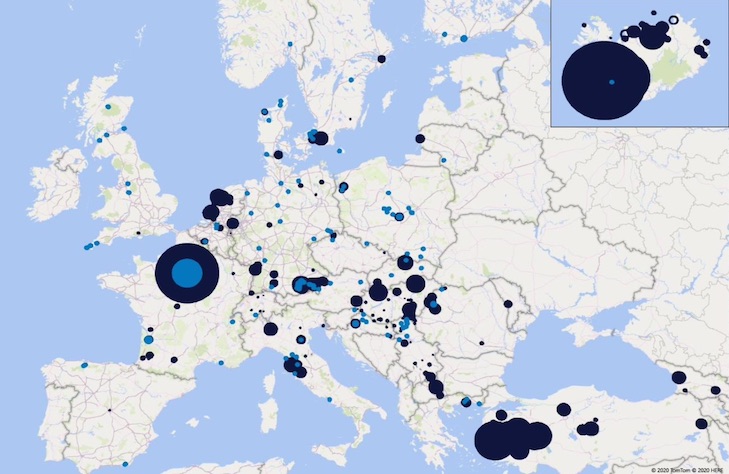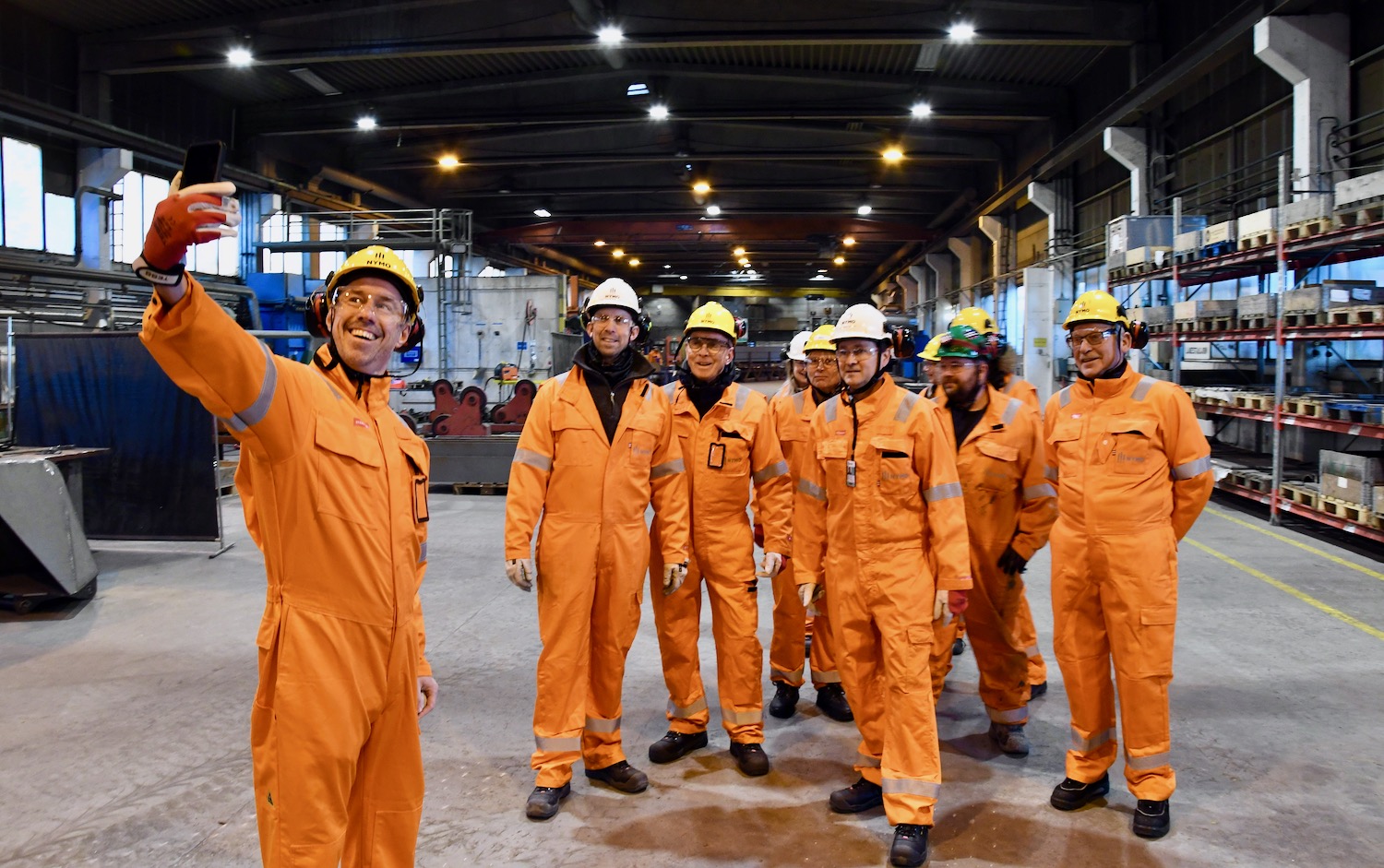“The installed capacity of European geothermal electricity plants increased by 50 per cent from 2014 to 2018, and it keeps growing,” says Thomas Garabetian, Senior Policy Advisor at the European Geothermal Energy Council (EGEC).
He was the introductory speaker at a geothermal webinar hosted by the Norwegian Center for Geothermal Energy Research (CGER) and GCE NODE on Monday.
Garabetian provided an overview of the European geothermal market, which includes 130 geothermal electricity plants, 2 GWTh from geothermal heating systems and more than 2 million geothermal systems.
Italy is leading the way in geothermal electricity production, soon to be overtaken by Turkey, and with Iceland as a solid third.
Other countries, such as Spain, Greece, France and The Netherlands, are increasingly active within the same field of expertise.
Sweden is by far the country with the most geothermal heat pumps, clocking in at 130 pumps per 1,000 households. Finland is a distant second with 60 geothermal pumps per 1,000 households.
During the webinar, Ingolfur Thorbjornsson, Manager of Innovation and Research at ISOR in Iceland, explained how to mitigate thermal expansion in geothermal wells, and CEO Kjell Arild Grønås at Qmatec explained how smaller rigs for drilling geothermal wells could prove to an ideal solution for remote and isolated communities that are not connected to power grids.
Approximately 35 people participated in the virtual presentation and discussion supported by Periscope. PERISCOPE aims at establishing a permanent innovation ecosystem in the North Sea Region to grow transnational innovation partnerships for sustainable business development in emerging blue markets.




